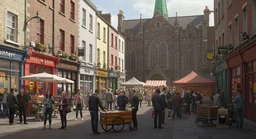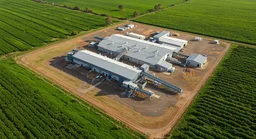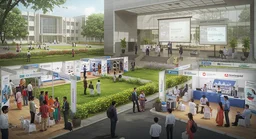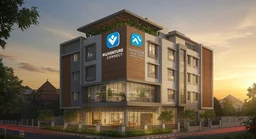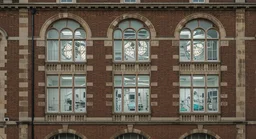Siblings’ Life-Saving Kidney Donation Highlighted at Loyola University Candlelight Ceremony
73 views
Acts of Love and Survival: The Profound Impact of Living Organ Donation
In a quiet operating room at Loyola University Medical Center on August 30, 2023, Monique Hoskins gave her brother, Fontaine Lecesne, a gift that no card or bouquet could ever encapsulate—a second chance at life. After a decade of battling late-stage renal disease, enduring grueling dialysis sessions three times a week, Lecesne received a kidney from his sister, a selfless act that not only restored his health but also illuminated the extraordinary power of familial love and sacrifice. Their story, shared at Loyola’s 33rd annual transplant candlelight ceremony, is one of resilience, generosity, and the quiet heroism that organ donation so often entails.
For Lecesne, the road leading up to that transformative surgery had been long and fraught with challenges. Diagnosed ten years ago, he managed his illness with the same determination he applied to his life, balancing five-hour dialysis treatments with a demanding work schedule to maintain his health insurance. But as the disease progressed, the toll on his body and spirit became increasingly evident. Hoskins, watching her brother’s daily battle, made the decision that would forever change both their lives.
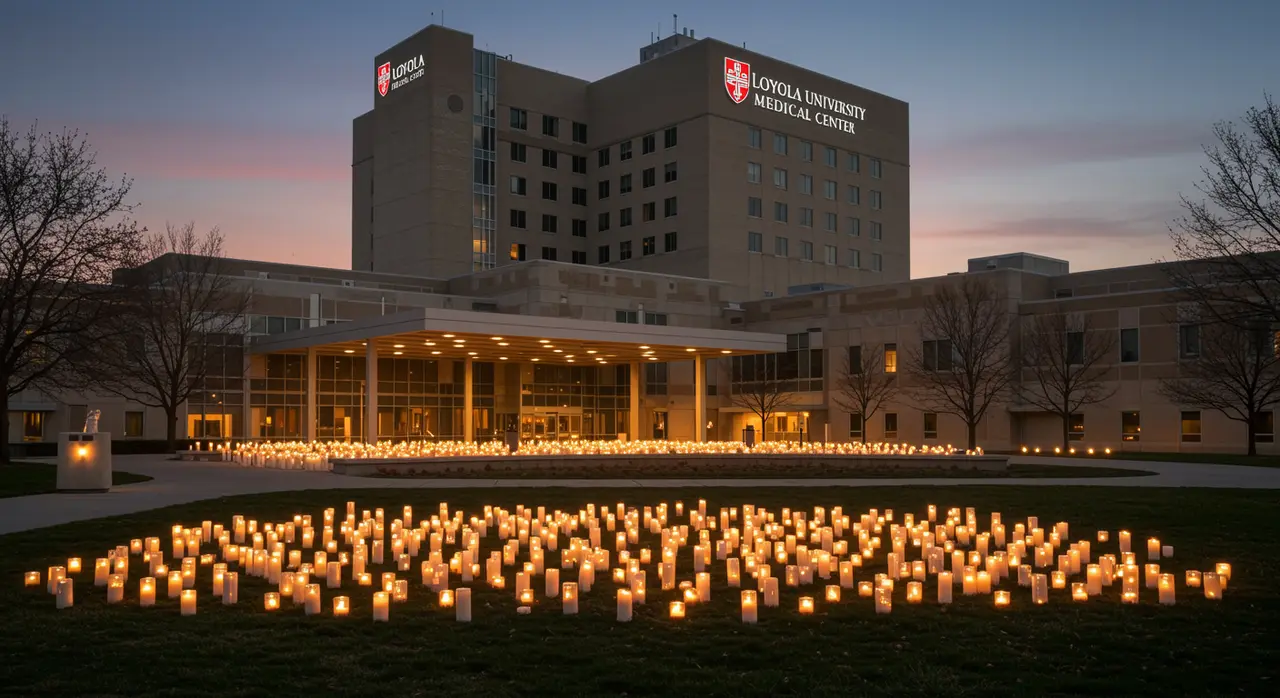
“I couldn’t stand by and watch him suffer anymore,” Hoskins shared during the ceremony, her voice steady but tinged with emotion. “I saw his strength, his perseverance, and I knew I had to do something.” Her decision to become a living donor was not made lightly, but it was made with conviction—a testament to the deep bonds of family and the lengths we go to for those we love.
Loyola University Medical Center, where the surgery took place, has long been a beacon of hope for patients like Lecesne. In 2022 alone, the center performed 386 transplants, over 55 of which involved living donors. These numbers, while impressive, tell only part of the story. The candlelight ceremony, held annually, serves as a poignant reminder of the human narratives behind the statistics—the lives saved, the families reunited, and the enduring legacy of those who choose to give the ultimate gift.
Among the attendees at this year’s event was another family whose journey echoed that of Lecesne and Hoskins. Betsy Nickerson, diagnosed with late-stage renal failure in 2018, received a kidney from her sister-in-law earlier this year. Her wife, Linda Butler, inspired by the experience, decided to donate one of her kidneys to a stranger at the Mayo Clinic. Together, their story exemplifies the ripple effect of generosity, where one act of kindness inspires another, creating a chain of life-changing moments.
For Hoskins, the experience has been as transformative for her as it has been for her brother. “I have a newfound respect for what dialysis patients go through,” she said, reflecting on the physical and emotional toll the treatment demands. Her admiration extends not only to her brother but to the countless others who endure similar struggles, often in silence.
The stories shared at the ceremony underscore a profound truth: organ donation is not merely a medical procedure; it is an act of profound humanity. It bridges gaps, mends broken bodies, and restores hope where it has been nearly extinguished. Yet, the journey is not without its complexities. Living donors face their own set of challenges, from the physical recovery to the emotional weight of their decision. For recipients, the gift of a new organ often comes with a mix of gratitude and survivor’s guilt, a reminder of the delicate balance between life and sacrifice.
But amidst these complexities lies an undeniable beauty. In a world often divided by differences, organ donation serves as a unifying force, a reminder of our shared humanity. It is an act that transcends race, religion, and socioeconomic status, rooted in the simple but profound desire to help another person live.
As Lecesne continues his recovery, his story serves as a beacon of hope for others navigating similar struggles. His improved health is not just a testament to modern medicine but also to the enduring power of love and community. And for Hoskins, the experience has deepened her understanding of what it means to give—not just of one’s time or resources, but of oneself.
The candlelight ceremony at Loyola University Medical Center is more than a celebration of medical achievements; it is a tribute to the human spirit. It honors the courage of donors like Hoskins and Butler, the resilience of recipients like Lecesne and Nickerson, and the countless healthcare professionals who make these miracles possible.
In the glow of the candles, as stories were shared and lives celebrated, one could not help but feel a sense of awe at the quiet, transformative power of generosity. It is a reminder that, even in the face of life’s greatest challenges, the human capacity for love and sacrifice remains boundless. And in that, there is hope for us all.
